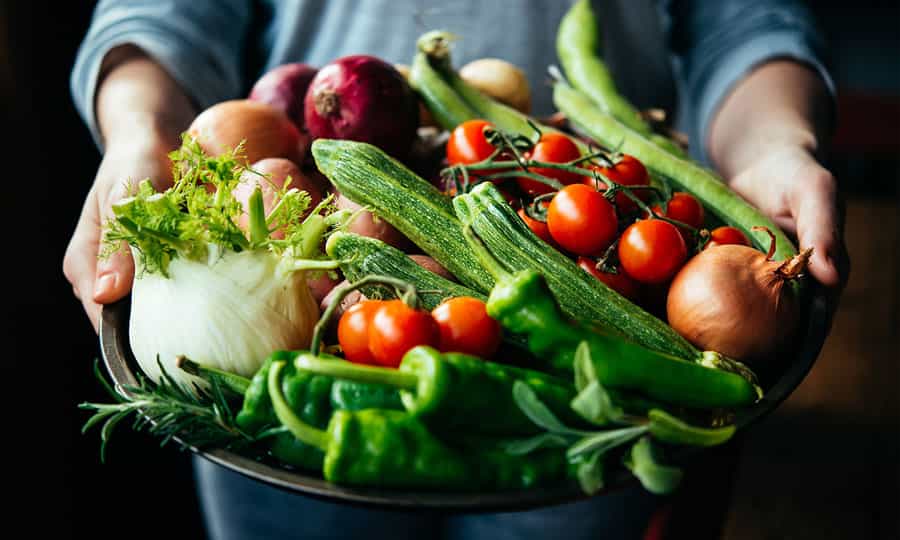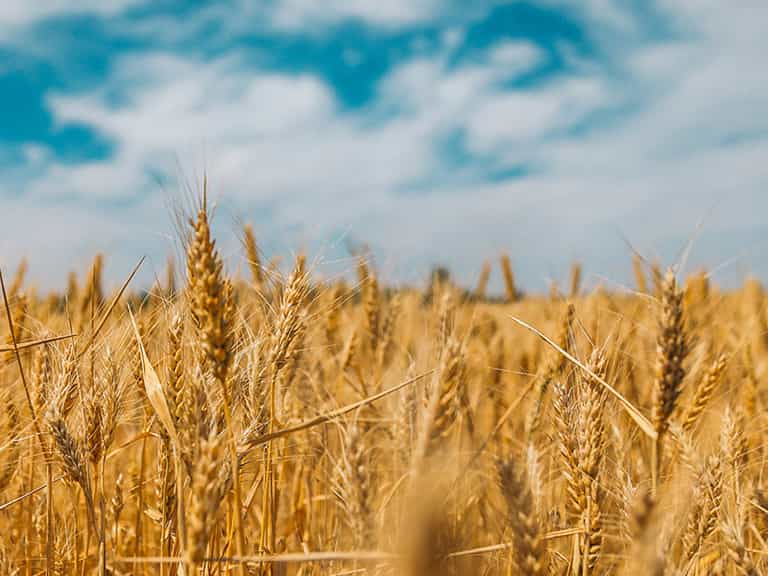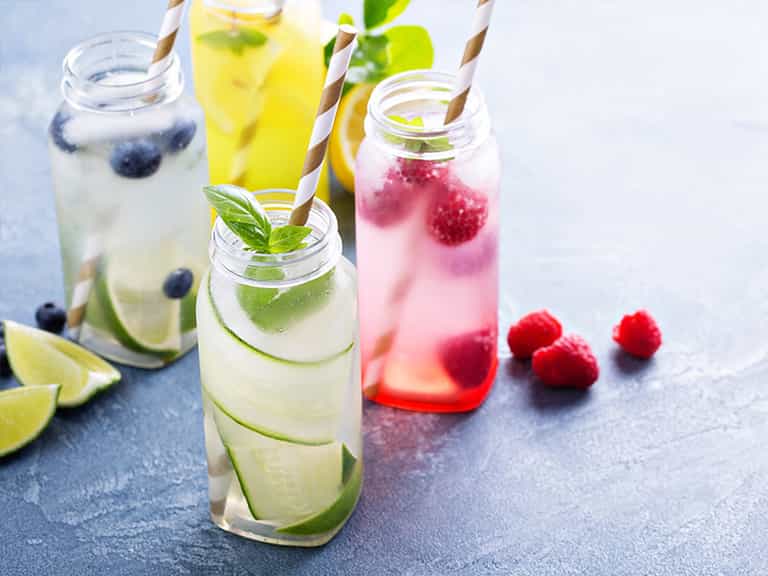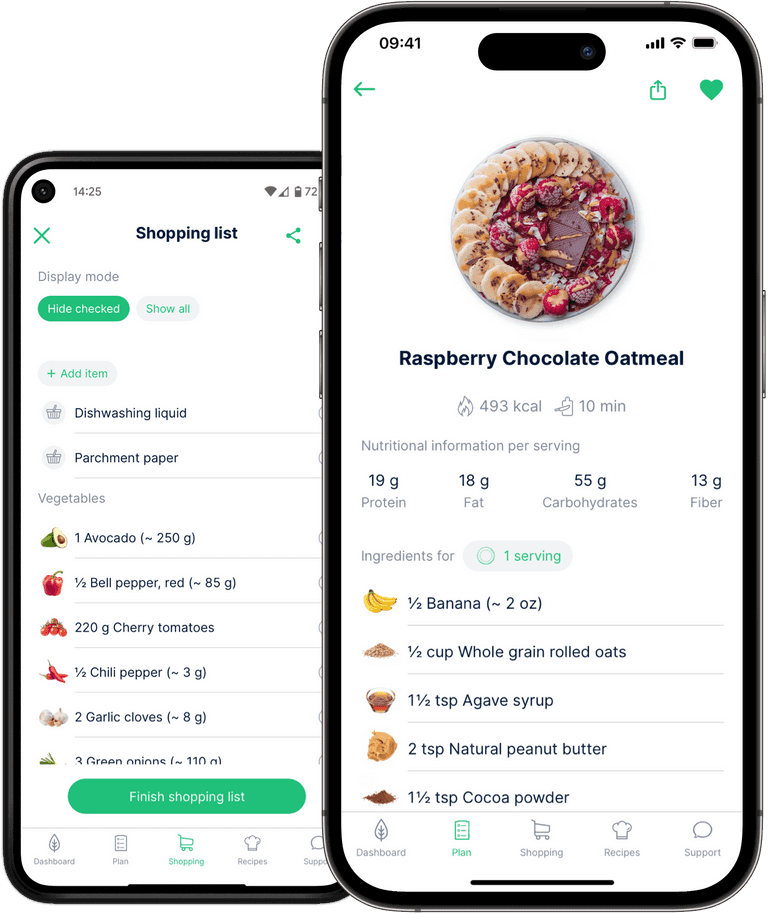Have you ever stood in front of the fridge and had to throw away fruit and vegetables? A common mistake is storing all of your fruit and vegetables in the fridge. There are two main problems when storing them incorrectly. They a) lose a lot of valuable nutrients and b) start to rot a lot faster.
Vitamins, for example, are sensitive to light, heat, oxygen, and moisture.
In general:
Store fruit and vegetables in a cool and dry place.
Note:
However, keep cut fruit and vegetables in the refrigerator, sealed either in a container or plastic wrap.

Here's a list of storage tips for your fruit and vegetables:
Fruit - room temperature
- Apples
- Apricots
- Bananas
- Citrus fruit (lemons, limes, oranges, etc.)
- Kiwis
- Mangos
- Melons
- Nectarines
- Peaches
- Pears
- Pineapples
- Pomegranates
- Watermelon
Fruit - refrigerator
- Berries (strawberries, blueberries, raspberries, etc.)
- Cherries
- Grapes
- Plums
Vegetables - room temperature
- Avocado
- Chili
- Eggplant
- Garlic
- Ginger
- Green
- Beans
- Onions
- Potatoes
- Pumpkin
- Shallots
- Sweet potatoes
- Tomatoes
- Zucchini
Vegetables - refrigerator
- Artichokes
- Asparagus
- Bell pepper
- beetroot
- Celery stalks
- Corn
- Cucumber
- Fennel
- Mushrooms
- Root vegetables (carrots, parsnip, celeriac)
- Salad (lettuce, spinach, arugula)
- Sugar snap peas
Extra tip for fresh herbs
If you get your fresh herbs in a pot, they will stay fresh for an extended period. If you should still prefer packaged fresh herbs, make sure to take them out of the packaging and place them in a sealed container on a damped paper towel.
In addition to storing groceries correctly, you can save a lot of time when shopping with the feastr shopping list. Get our feastr app for free, create your personalized meal plan and try it out right away.






